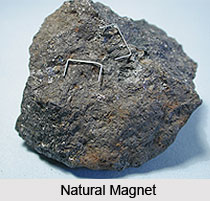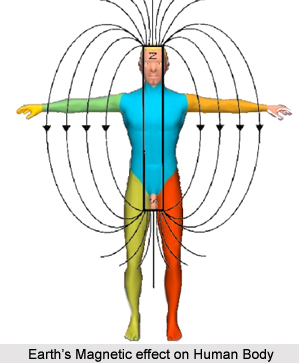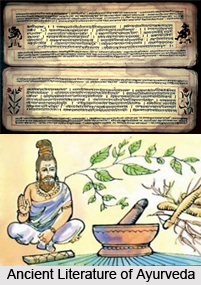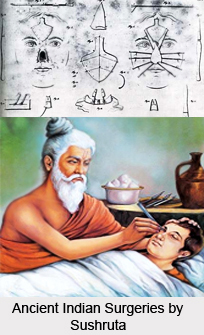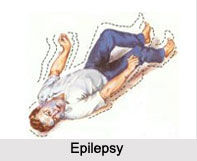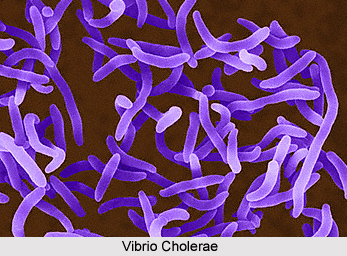 Vibrio Cholerae earlier known as vibrio comma, comma bacillus, spirillum cholerae asiatica is a member of the genus vibrio. It causes several infectious syndromes and its effects were discovered by Robert Koch in 1884. Ten human pathogens are presently recognized within the genus vibrio. These include the species connected chiefly with gastro-intestinal illness and species associated with soft tissue infection. Besides this, there are almost 50 recognized species of vibrios that have no relation with cholera or diarrhoea.
Vibrio Cholerae earlier known as vibrio comma, comma bacillus, spirillum cholerae asiatica is a member of the genus vibrio. It causes several infectious syndromes and its effects were discovered by Robert Koch in 1884. Ten human pathogens are presently recognized within the genus vibrio. These include the species connected chiefly with gastro-intestinal illness and species associated with soft tissue infection. Besides this, there are almost 50 recognized species of vibrios that have no relation with cholera or diarrhoea.
Features of Vibrio Cholerae
Vibrios Cholerae mostly occur in comma shape. They are gram-negative rods and resembles the `S` sign. They are non-capsulated. They are highly motile and have only one polar flagellum. Vibrios Cholerae grow between 30-40 degrees C. Their growth gets arrested at lower temperature. The organisms grow better under aerobic than under anaerobic conditions. Vibrios Cholerae multiply rapidly in alkalinity and they usually reside in tidal rivers and bays. The organism also stays in inland water rather than in coastal salt water.
Vibrios Cholerae secretes cholera toxin. It is a protein that causes watery diarrhea. Vibrios Cholerae has two circular chromosomes. They together form million base pairs of DNA series and 3,885 predicted genes. Gardener and Venkatraman had given a detailed explanation of the anti-genic character of Vibrios Cholerae. The species Vibrios Cholerae includes a host of organisms that have been classified on the basis of their somatic `0` antigen. Those which agglutinate in `O-group-l` antisera are called `Vibrios Cholerae 0-1`. There are two types of two bio-types, `Classical` and `El Tor.` These are differentiated on the basis their characteristics. Each bio-type is further subdivided into two Sero types, termed Inaba and Ogawa. Kabeehima has discovered about the existence of these serological types.
The establishment of the `germ theory` and the development of bacteriological science specifies that a particular disease is caused by a species of bacteria. Therefore, cholera could never be defined on the basis of clinical and epidemiological grounds without taking into consideration the specific organism. During the twentieth century Mahendra Lai Sarkar advocated the public health perspective that included the clinical, epidemiological, and bacteriological factors. Thus, cholera could occur in endemic, epidemic and also in periodic form where the complete range of symptoms takes place from the infections of the Vibrios Cholerae. Hugh, a famous researcher proved that if seen from taxonomic viewpoint, El Tor vibrios are exclusively a bio-type of Vibrios Cholerae.





